Sunday Classic / Presenting Your Fly To A School Of Bonefish
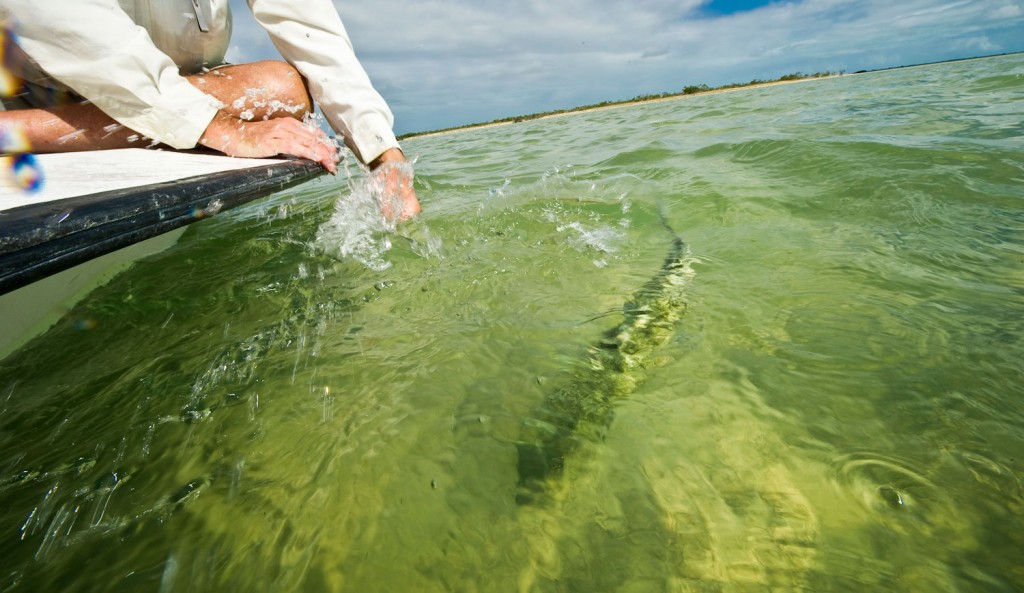
Bonefish are on the move! Presenting your fly to a school of bonefish has to become second nature. There is often not time to make a plan. The successful angler is one who can make split second decisions and place the fly quickly and accurately. It’s a little like shooting a shotgun. You have to know how far to lead the fish in a given situation and you have to be able to picture that lead to know where your target is. It’s a skill that takes time to master but hopefully this video will set you off in the right direction. Our friend Joel Dickey is back to help you see your target. Louis Cahill Gink & Gasoline www.ginkandgasoline.com hookups@ginkandgasoline.com Sign Up For Our Weekly Newsletter!
Read More »Saturday Shoutout / Mark Manson

Screw finding your passion!
This may seem off topic at first but bear with me. As I read this article, which a friend shared on Facebook, I started realizing it has everything in the world to do with fly fishing. At least for me it does. It’s almost exactly the way I found myself where I am today. It actually made me feel better about the choices I’ve made.
Manson writes,
“Remember back when you were a kid? You would just do things. You never thought to yourself, “What are the relative merits of learning baseball versus football?” You just ran around the playground and played baseball and football. You built sand castles and played tag and asked silly questions and looked for bugs and dug up grass and pretended you were a sewer monster.”
If you are questioning the time you spend fishing, or wish you could spend more, or if you are in any way unsure about what you’re doing with your life, this article is for you. It’s a bright, insightful read. A dose of truth that will either leave you feeling better about where you are or put you on the road to someplace better.
READ, “SCREW FINDING YOUR PASSION”
Read More »New Products From Tenkara USA
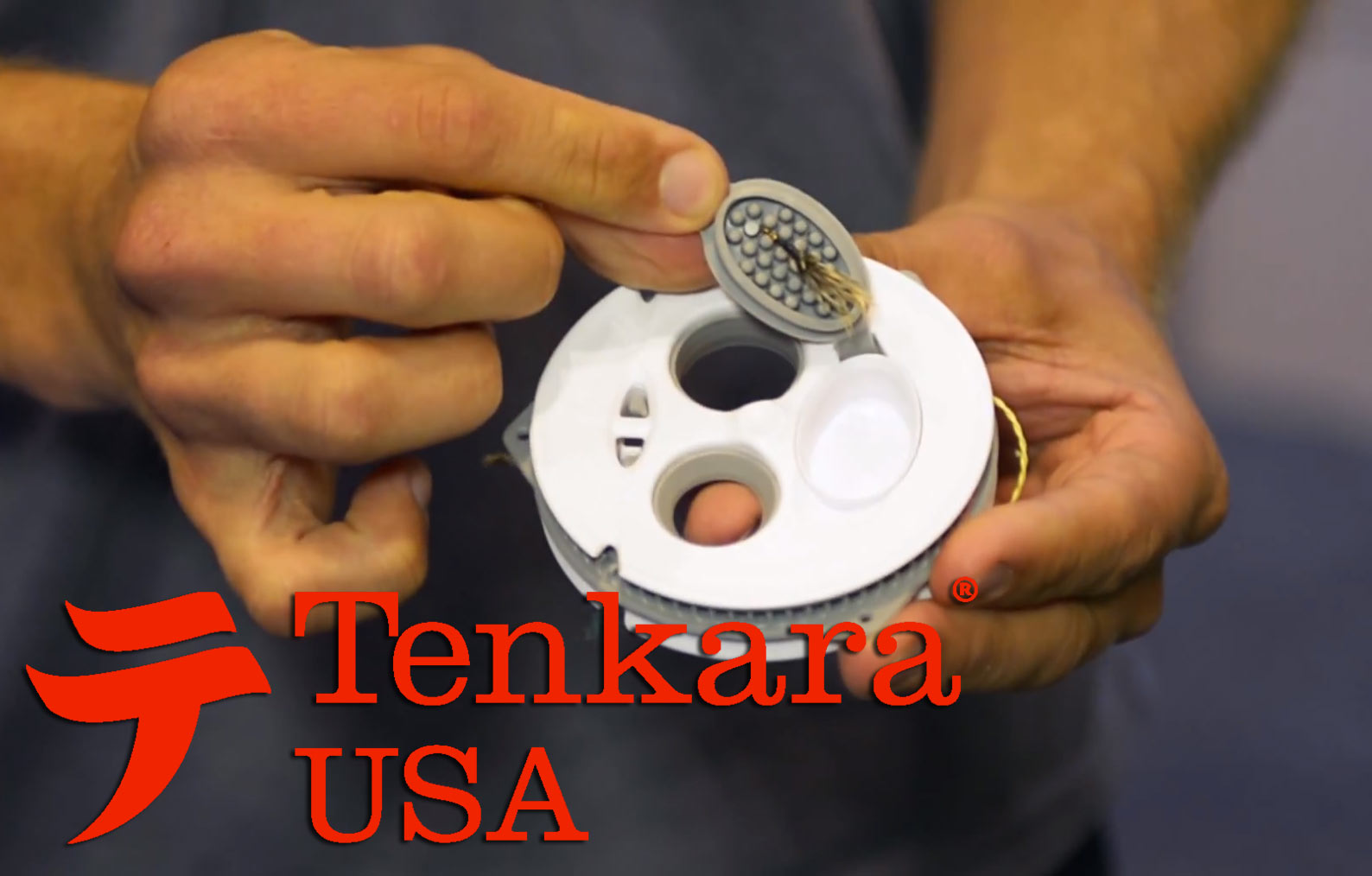
Tenkara USA is fine-tuning their presentation.
I love these rods and the company that makes them. This year Tenkara USA is focusing on the details, with an ingenious line keeper, new Tenkara kits and new and improved rod tubes. If you’ve never tried Tenkara, it’s way past time. Its fun, easy and affordable.
Shop for Tenkara USA.
WATCH THIS VIDEO TO SEE NEW PRODUCTS FROM TENKARA USA.
6 Easy Tips to Help Fly Anglers Catch Educated Trout
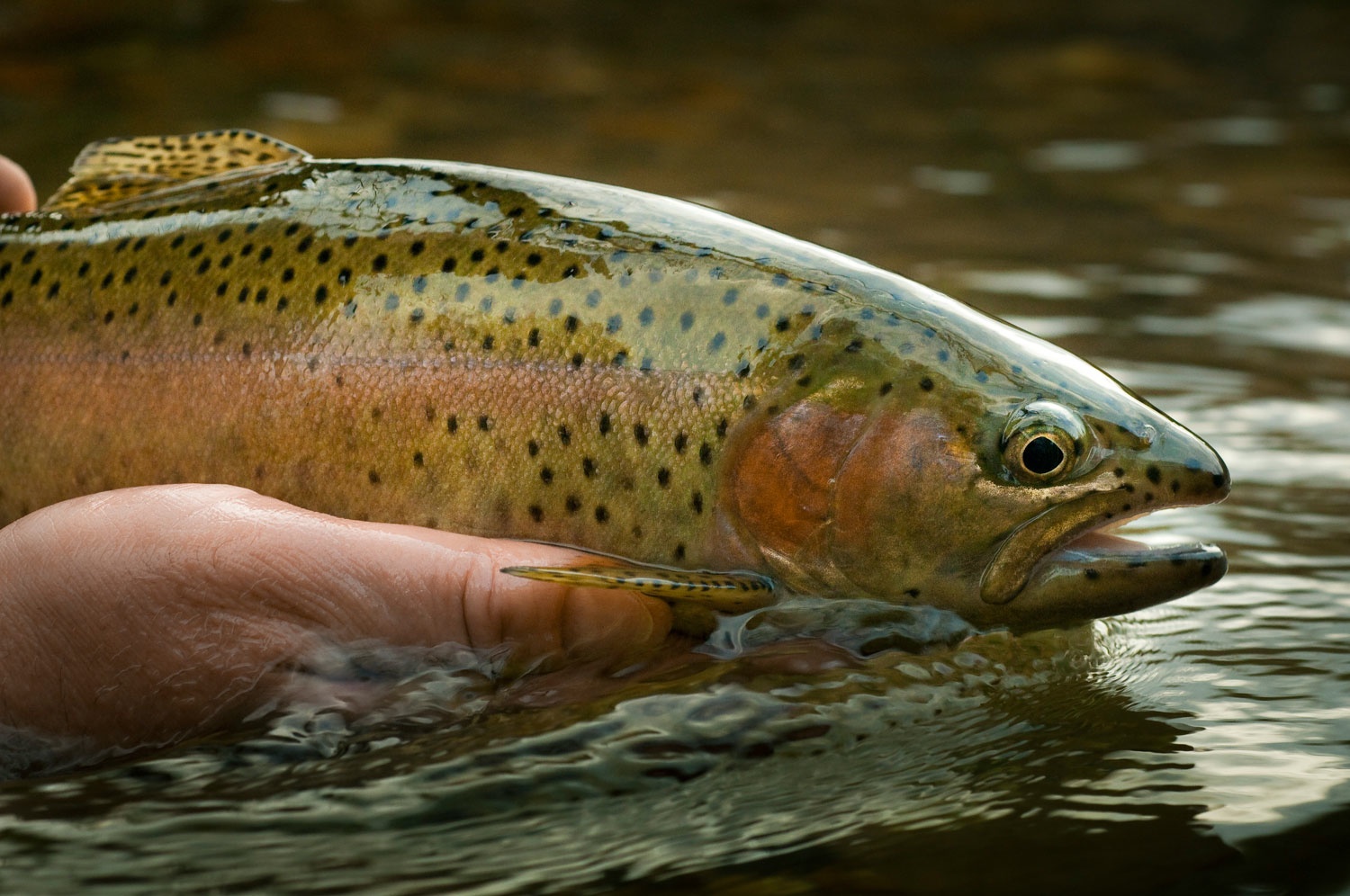
Back in 2012, I wrote an article titled “The Best Way to Improve Your Trout Game” which talked about how beneficial it was for fly fishermen to not shy away from fishing technical trout water. And that the increased challenges of such water was one of the best ways for anglers to take their fly fishing skills to the next level. Today’s article is sort of going to be a complimentary piece that falls into the same category. Specifically, I’m going to provide 6 easy tips that fly anglers of all skill levels can use to help them be more effective at catching educated trout.
Read More »Cold Fusion-The Scott Meridian
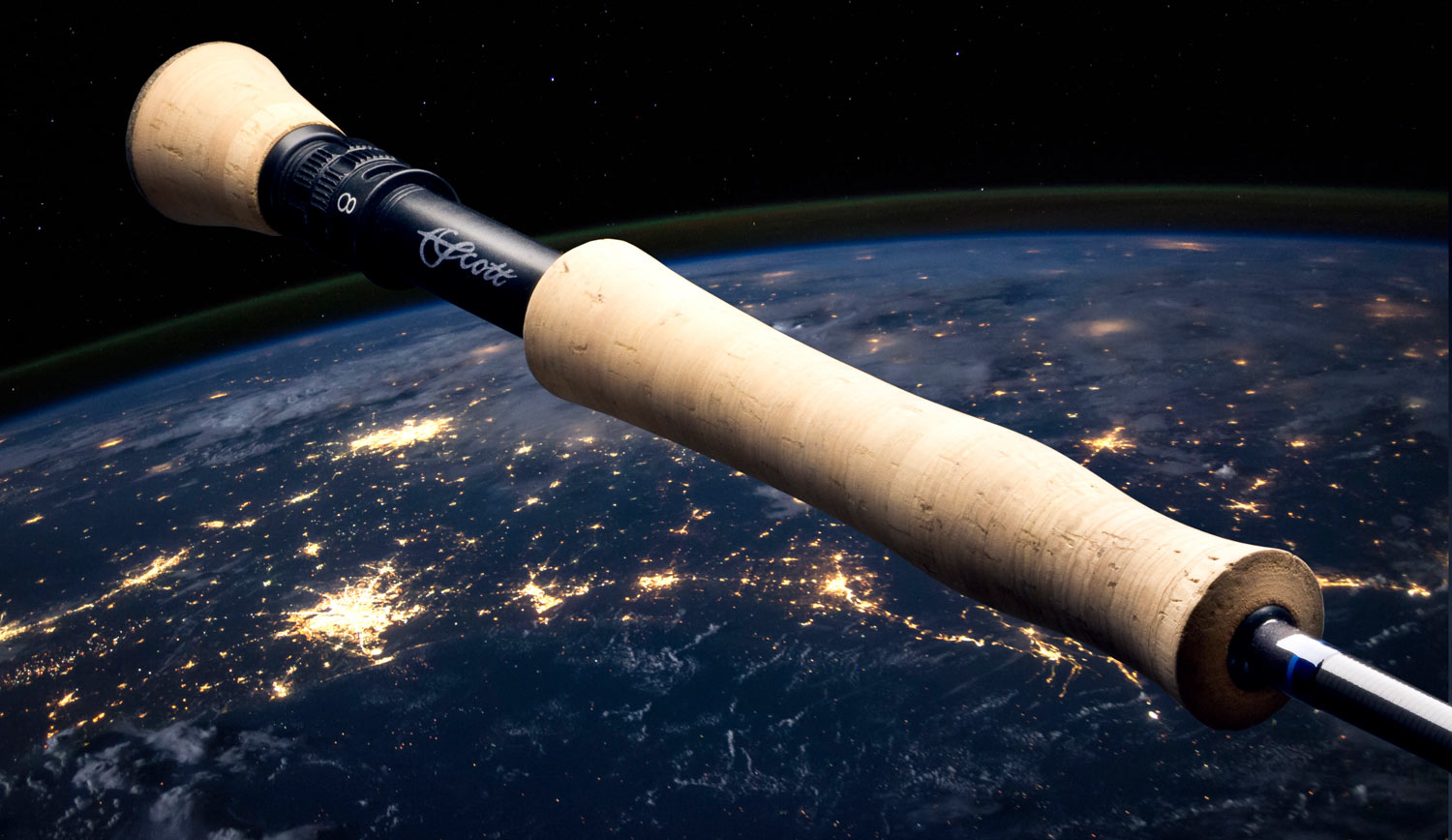
There’s a new breed of fly rod out there.
I am a total fly rod geek. I make no apologies for it. Nothing gets me as excited as casting an awesome new fly rod. Especially when that rod represents a change in thinking. Rods like that don’t come along every day, or even every year, and when they do the game changes.
Jim Bartschi, president and rod designer for Scoot Fly Rods, has been hinting for years now that something special was coming. Not long after the S4s won the best rod prize at IFTD 2011, there were rumors that Jim had something cooking and when the Radian hit the market, it was clear that Scott rods were evolving in a significant way. About a year ago, I asked Jim outright if there would be a saltwater Radian.
“Well, there’s something in the works,” he told me, “and it won’t be long.”
That something was the Meridian. Not a saltwater Radian, but another evolutionary step forward.
For as long as I can remember, the answer to making a saltwater fly rod better has been to make it faster. That way of thinking changed the way we fish saltwater but the inevitable end of that evolutionary road is a rod that’s too fast to cast. After all, a rod does have to bend. Recently a couple of rod designers have come to realize it was time for a change.
How do you make a fly rod that has the power of an ultra-fast action saltwater casting machine and the soul of a trout rod? I wish I knew, but clearly Jim does. We saw it in the Radian and now we see it perfected in the Meridian. Speed with feel. Power, line speed, tight loops, line pickup and wind-defying performance, minus the stinging muscles and sore joints.
Some of the magic is in the weight. The Meridian is remarkably light. This, in conjunction with some proprietary materials and tapers, gives the rod a very fast recovery rate. This makes the rod faster, without making it stiffer and more powerful, without adding weight.
The Scott Meridian offers saltwater fly anglers cold fusion.
I have to tell you, I love the way Jim Bartschi rolls. In a marketplace where too many manufacturers would rather put out something new than something good, Jim has taken six years to perfect an action that can really change the way we fish. If you think of the fly rod industry as a noisy party, while others make mindless small talk, Scott has kept their mouth shut until they had something to say.
Another thing you get from not rushing a rod to market is
Read More »Sunday Classic / Fly Fishing Bass Ponds – 101
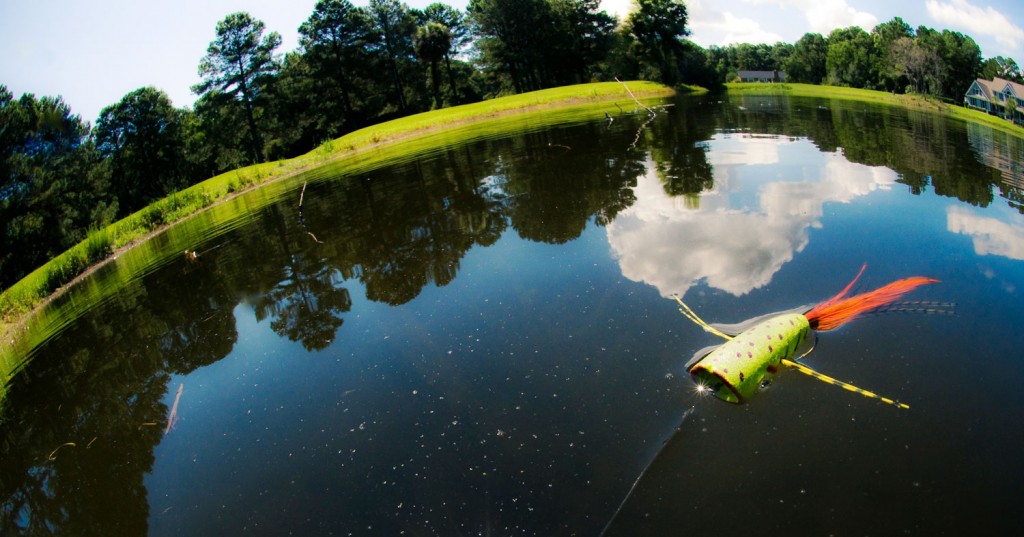
BELIEVE IT OR NOT, I’VE PROBABLY SPENT JUST AS MUCH TIME FLY FISHING ON BASS PONDS IN MY LIFE THAN I’VE SPENT TRAVELING AROUND CHASING TROUT.
Fishing farm ponds is where I originally found my love for fly fishing. From 5th grade until I graduated high school, my daily afternoon routine consisted of dropping off my backpack, and picking up a fly rod until the dinner bell rang. I was religious about it, and many that new me may even argue I was a little OCD. Looking back on it all now, there’s a good chance I was, but it’s all good because it molded me into the angler I am today. That’s why, when I look back on those childhood memories or find myself randomly driving by one of those small 2-acre ponds, I pay my respects and give thanks.
Fly fishing for bass on ponds is a great way to get into the sport. There’s usually plenty of fish, and you always stand a good chance at catching them. One of the greatest things about ponds in my opinion, is that most of them are small enough to fish their entirety from the bank. And the smaller the piece of water you’re fishing, the easier it is to locate fish. If you don’t agree, go out on a big public lake, and you’ll quickly understand what a bonus this is for an angler.
The eight years and thousands of hours I spent fly fishing bass ponds growing up, I learned a great deal about fishing them. Below is a list of tips that I’d like to pass on in the hopes it will help others find success.
1. Casting parallel to the bank allows you to quickly locate where the fish are holding and feeding.
It didn’t take me long fishing ponds to figure out the best method for consistently catching fish was casting my flies parallel to the banks of ponds. The reason it’s so effective is because it allows you to cover water systematically and thoroughly. Furthermore, when you cast parallel to the bank you can follow your fly with the natural contours of the pond, work it along edges and keep your flies in similar water throughout your retrieve. Instead of spending your time casting out into deep water and working your flies back to you, start out casting your flies just off the bank, then slowly working your parallel casts outward into deeper water. Doing so, you’ll be able to locate where the majority of the fish are located and feeding, eliminate unproductive water and concentrate your efforts and first casts in the hot zones.
2. Bass are just like trout, in the fact that they go where the most food is located.
Warmwater species of fish are very similar to trout, in the fact that they spend most of their life span staying close to their food sources. The majority of the food found in ponds is
Saturday Shoutout / Catch Magazine
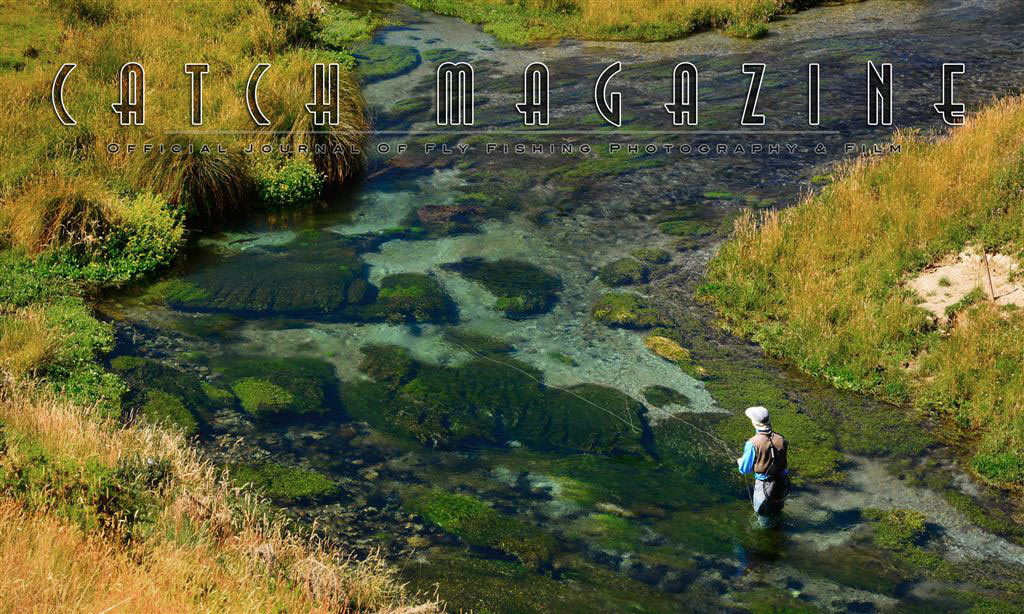
It might seem odd that I have never done a shoutout to Catch Magazine.
It’s an amazing online publication, but you have to pay for it and I’ve never felt comfortable sending my readers to a pay sight. That said, I have a ton of respect for these guys and what they do.
When I saw this video by Todd Moen was up for public viewing I jumped on it. It’s shot on the beautiful Limay river in Patagonia, Argentina where I will be spending three days this February when I host the G&G Patagonia trip. You should join me. It’s one of the most amazing rivers I’ve ever fished.
This video features Tim Rajeff and it would be a pleasure watching Tim fish the ugliest place in the world, which this sure isn’t. Check out Catch Magazine. A subscription is money well spent.
Read More »The Simms Vapor Elite Jacket
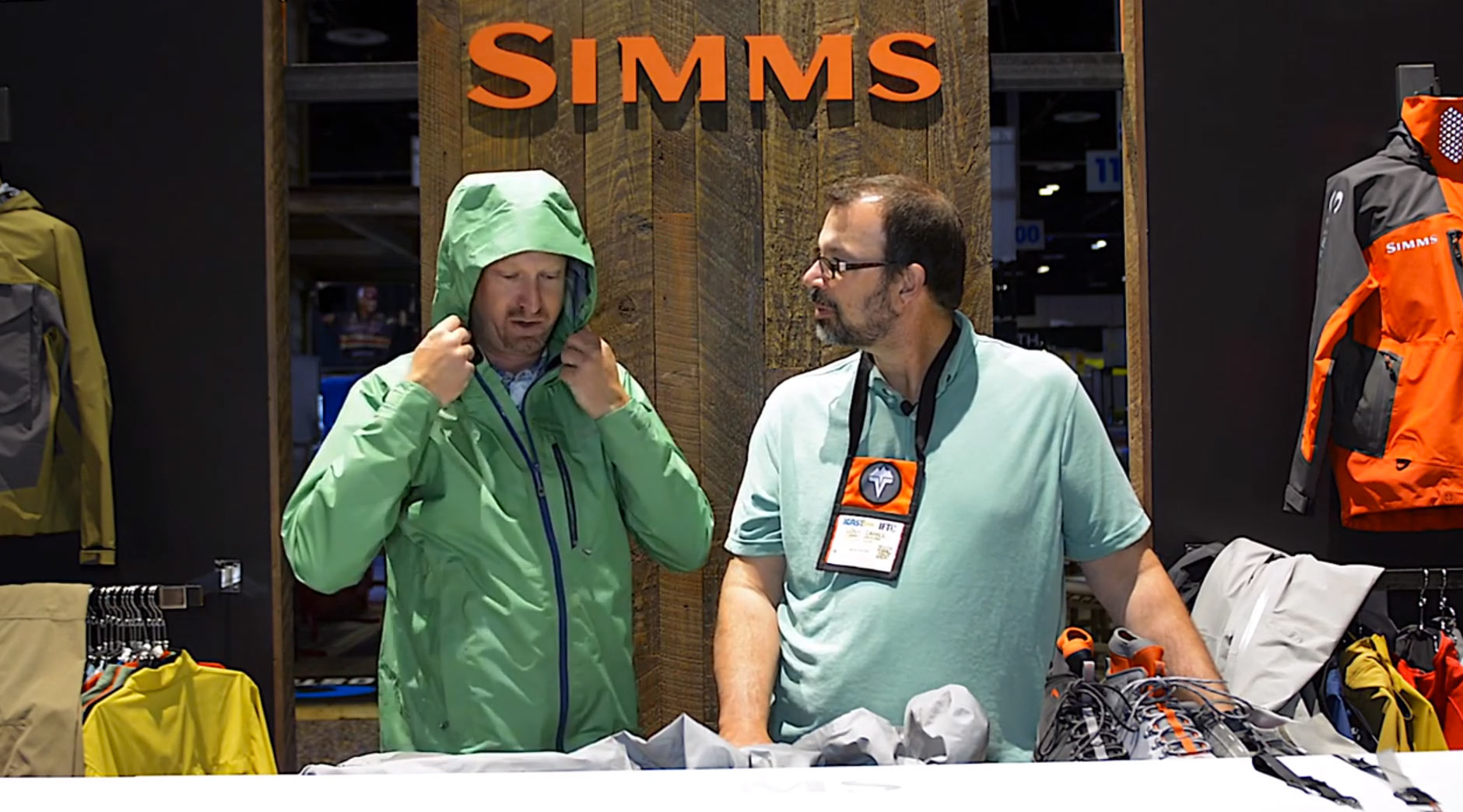
Simms makes some pretty incredible outerwear.
It has always impressed me that Simms understands there are a lot of different kinds of fly fishing and as many kinds of anglers. They don’t just design a rain jacket. They design a rain jacket for a specific situation. That means you have exactly the gear you need, when you need it.
The Vapor Elite jacket, winner of Best Mens Outerwear at IFTD 2015, is a great example. This jacket is designed to keep you dry in hot climates, howling gales and pack away in very little space. It uses Gore-tex seaweave fabric with three layers of protection and weighs almost nothing. Perfect for saltwater anglers or anyone on the water in warm weather.
CHECK OUT THIS VIDEO FOR THE DETAILS.
Read More »Don’t Let The Two-Handed Rod Eat Your Brain
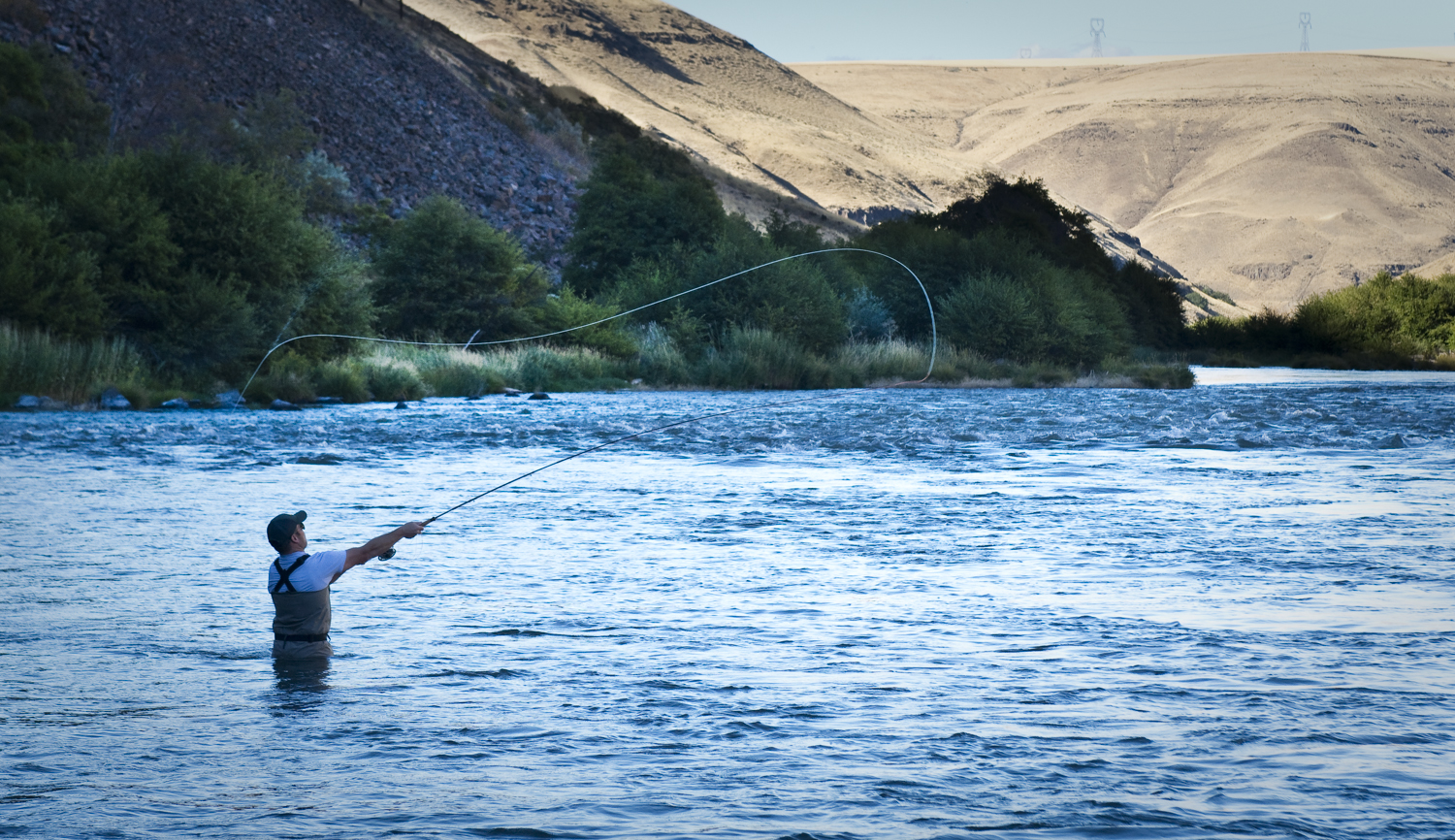
By Louis Cahill
It’s like the zombie apocalypse out there.
When you pick up a two-handed rod for the first time, it’s pretty common to experience information overload. It’s like you pick this thing up, make one cast and discover that some bloodthirsty zombie has eaten your brain. You forget everything you already know about casting a fly rod.
If you’ve picked up a switch or Spey rod, you already know there are some major differences between two-hand and single-hand rods. What takes a while to realize is that they have more in common than they are different. Switch and Spey rods are fly rods and they work on the exact same principles as their smaller cousins.
They load and unload in exactly the same way. They collapse when they are overpowered and they send the line in the direction the tip travels. This means that like a single-hand rod, casting them requires a smooth application of power, an abrupt stop to form a loop and straight line path for the tip. Sound familiar?
Of course, those fundamentals are compounded with some extra steps, and the fact that there are as many Spey casts and head styles as there are phone apps makes the learning curve seem worse than it is. It takes a while to to master these complicated casts and in the process many casters forget what they already know.
THERE ARE THREE PARTS TO MOST SPEY CASTS.
Setting The Anchor
This first step determines the direction of the cast and creates the resistance needed to form a D-loop.
The Sweep
The sweep aerializes the line and creates the D-loop, which loads the rod.
The Casting Stroke
Exactly what it sounds like. This is the forward stroke which launches the line.
Warning: there will very likely be an uproar in the comments section from the casturbator about what
Read More »3 Ways to Improve Your Fly Casting on the Flats

About ten years ago, I embarked on my first international saltwater fly fishing trip, with a couple Texas boys I’d previously met while chasing peacock bass in the Amazon. The saltwater trip took place down in Mexico, specifically the Ascension Bay area. Our primary target fish were bonefish but we kept a constant lookout for permit and tarpon. The two born and raised Texas boys had grown up fly fishing in the salt, and they both had more than enough testosterone, ego and skill to handle the demanding fishing conditions. I on the other hand, had never experienced first hand the difficulties that saltwater fly fishing brings. I really struggled with spotting fish in an unfamiliar environment and managing my presentations in 25 mph winds. I’ll never forget the humbling feeling of defeat after our first day of fly fishing on the flats. My counterparts landed a dozen bonefish a piece while I only managed to catch one. Just about the entire trip I was plagued with the feeling of being under-gunned on the water. The wind totally kicked my butt and I missed numerous opportunities because I couldn’t cast far enough to consistently get my fly to the targets my guide was calling out.
Read More »